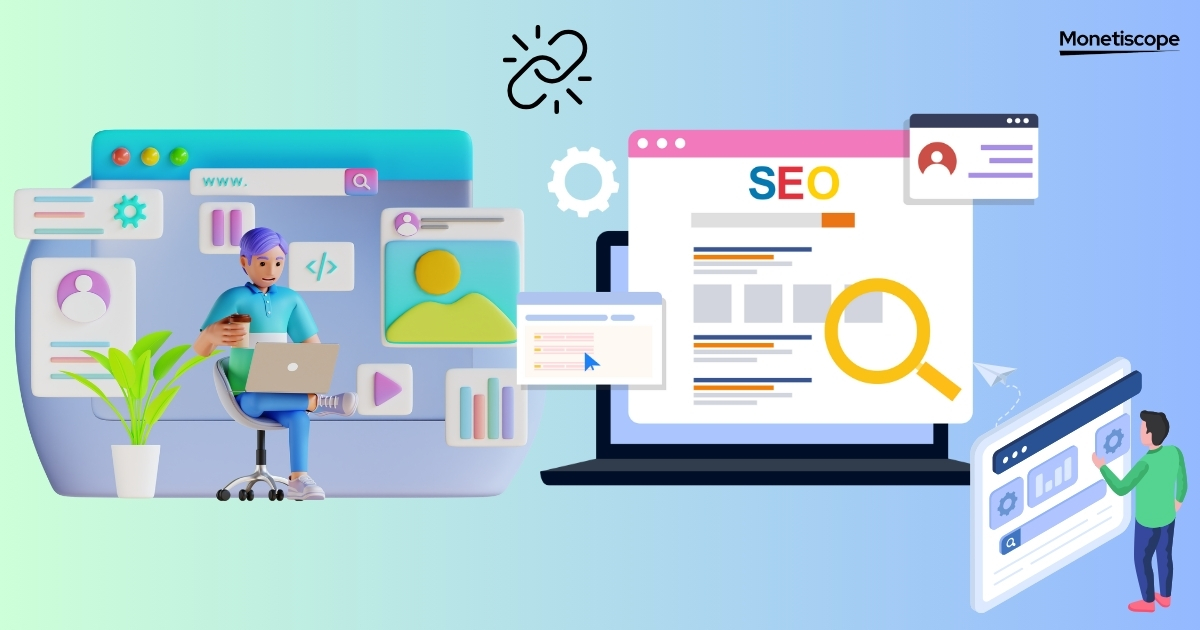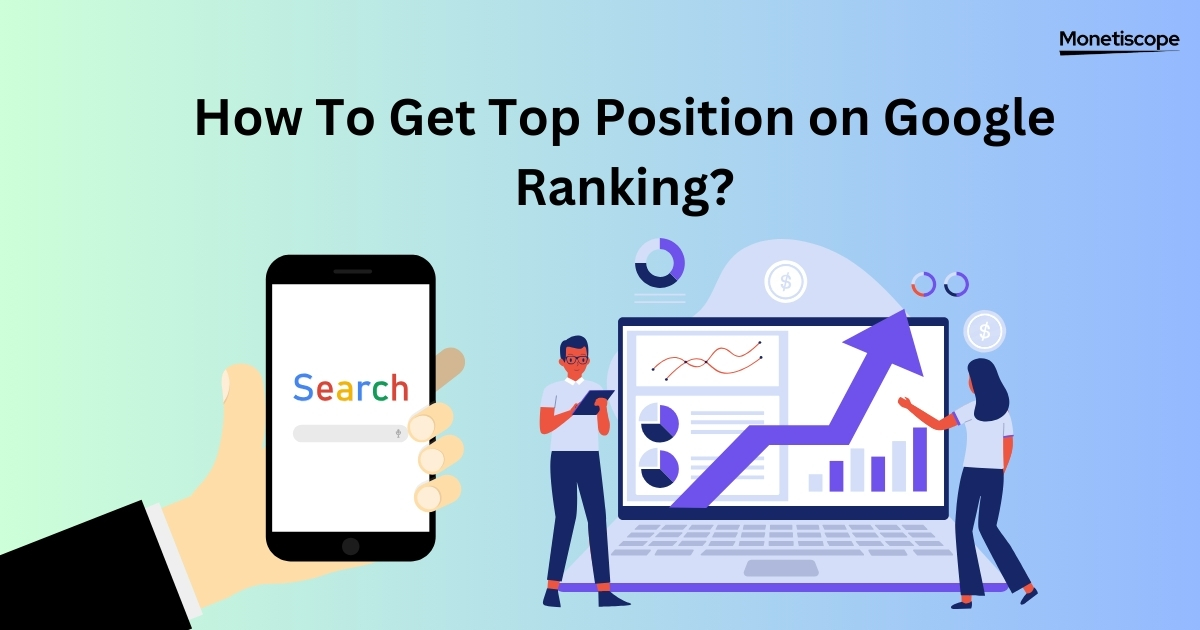Ranking higher on Google is crucial for driving traffic to your blog. With millions of blogs vying for attention, understanding how Google ranks content and implementing effective strategies can make all the difference. This article will explain Google ranking, provide a step-by-step guide on how to rank high on Google, and offer detailed strategies to boost your blog’s visibility.
What is Google Ranking?
Google ranking refers to the position your blog or webpage holds in Google search results for specific keywords or queries. The higher your ranking, the more likely users will click on your link. Google’s algorithm considers over 200 factors to determine these rankings, focusing on relevance, quality, and user experience.
How Google Ranking Works
Key Factors
1. Content Quality: Google prioritizes high-quality, relevant, and informative content. Your content should address user intent and provide value.
2. Keywords: Keywords help Google understand what your content is about. Effective keyword usage involves natural integration into your content, titles, and meta descriptions.
3. Backlinks: Backlinks from reputable sites signal to Google that your content is trustworthy and authoritative.
4. User Experience (UX): Google assesses UX through metrics like page load time, mobile-friendliness, and site navigation.
5. Technical SEO: Proper technical SEO ensures Google can crawl and index your site efficiently. This includes clean code, sitemap, and structured data.
Step-by-Step Guide on How to Rank High on Google

Step 1: Keyword Research
Importance of Keyword Research
Keyword research helps you identify the terms your target audience uses to find content. It guides your content creation and optimization efforts.
Tools for Keyword Research
– Google Keyword Planner: Provides insights into keyword search volume and competition.
– Ahrefs: Offers in-depth keyword analysis, including difficulty and potential traffic.
– SEMrush: Combines keyword research with competitor analysis.
Step 2: Optimize Your Content
On-Page SEO
– Title Tags: Include primary keywords in your title tags. Keep them concise and compelling.
– Meta Descriptions: Write clear, keyword-rich meta descriptions to improve click-through rates.
– Header Tags (H1, H2, H3): Use header tags to structure your content and highlight important sections.
– Keyword Placement: Integrate keywords naturally throughout your content, avoiding keyword stuffing.
Content Quality
– Length and Depth: Longer, in-depth content often ranks better. Aim for comprehensive coverage of your topic.
– Originality: Ensure your content is unique and provides a fresh perspective.
– Readability: Write in a clear, engaging manner. Use short sentences and paragraphs, and include bullet points and subheadings for easier reading.
Step 3: Improve User Experience (UX)
Page Load Time
– Speed Optimization: Compress images, leverage browser caching, and use a content delivery network (CDN) to improve load times.
– Mobile-Friendliness: Ensure your site is responsive and functions well on mobile devices. Google’s mobile-first indexing prioritizes mobile-optimized sites.
Navigation
– Intuitive Design: Create a user-friendly design that allows visitors to find information easily.
– Internal Linking: Use internal links to guide users to related content, enhancing their experience and improving SEO.
Step 4: Build High-Quality Backlinks
Outreach and Guest Posting
– Outreach: Contact influencers and authoritative sites in your niche to build relationships and acquire backlinks.
– Guest Posting: Write guest posts for reputable blogs, including links back to your site.
Content Promotion
– Social Media: Share your content on social media platforms to increase visibility and attract backlinks.
– Content Marketing: Create shareable content, such as infographics, videos, and comprehensive guides, to attract natural backlinks.
Step 5: Utilize Technical SEO
Website Structure
– Clean Code: Ensure your site’s code is clean and efficient. Use tools like Google’s PageSpeed Insights to identify and fix issues.
– Sitemap: Create and submit an XML sitemap to Google to help with indexing.
– Structured Data: Implement schema markup to provide search engines with more information about your content.
Crawlability
– Robots.txt: Use the robots.txt file to control which parts of your site search engines can crawl.
– Internal Linking: Improve crawlability by using a logical internal linking structure.
Step 6: Monitor and Adjust
Analytics Tools
– Google Analytics: Track your site’s performance, including traffic sources, user behavior, and conversion rates.
– Google Search Console: Monitor your site’s search performance, fix issues, and track keyword rankings.
Regular Updates
– Content Refresh: Regularly update old content to keep it relevant and accurate.
– SEO Audits: Conduct periodic SEO audits to identify and fix issues that could impact your ranking.
Conclusion
Ranking higher on Google requires a comprehensive approach, combining quality content, effective keyword usage, strong backlinks, excellent user experience, and solid technical SEO. By following this step-by-step guide and continuously monitoring and adjusting your strategies, you can improve your blog’s visibility and attract more organic traffic. Remember, SEO is an ongoing process, and staying updated with the latest trends and best practices is key to maintaining high rankings.
FAQs
What are keywords and why are they important?
Keywords are terms users enter into search engines. They help Google understand your content and match it with user queries.
How often should I update my blog content?
Regular updates keep your content fresh and relevant. Aim to review and update your content every few months.
What is a backlink?
A backlink is a link from another website to your site. High-quality backlinks from reputable sites improve your site’s authority and ranking.
Why is mobile-friendliness important for SEO?
Google prioritizes mobile-friendly sites due to the increasing number of mobile users. A responsive design improves user experience and ranking.
How can I improve my page load time?
Compress images, use a CDN, leverage browser caching, and minify CSS and JavaScript files to speed up your site.
What is the difference between on-page and off-page SEO?
On-page SEO involves optimizing elements on your site, like content and meta tags. Off-page SEO focuses on external factors, like backlinks.
Why is user experience important for SEO?
A positive user experience keeps visitors on your site longer, reduces bounce rates, and signals to Google that your site is valuable.
How can Monetiscope help with SEO?
Monetiscope provides tools and expertise to optimize your site for better rankings, including keyword research, content optimization, and backlink building.


